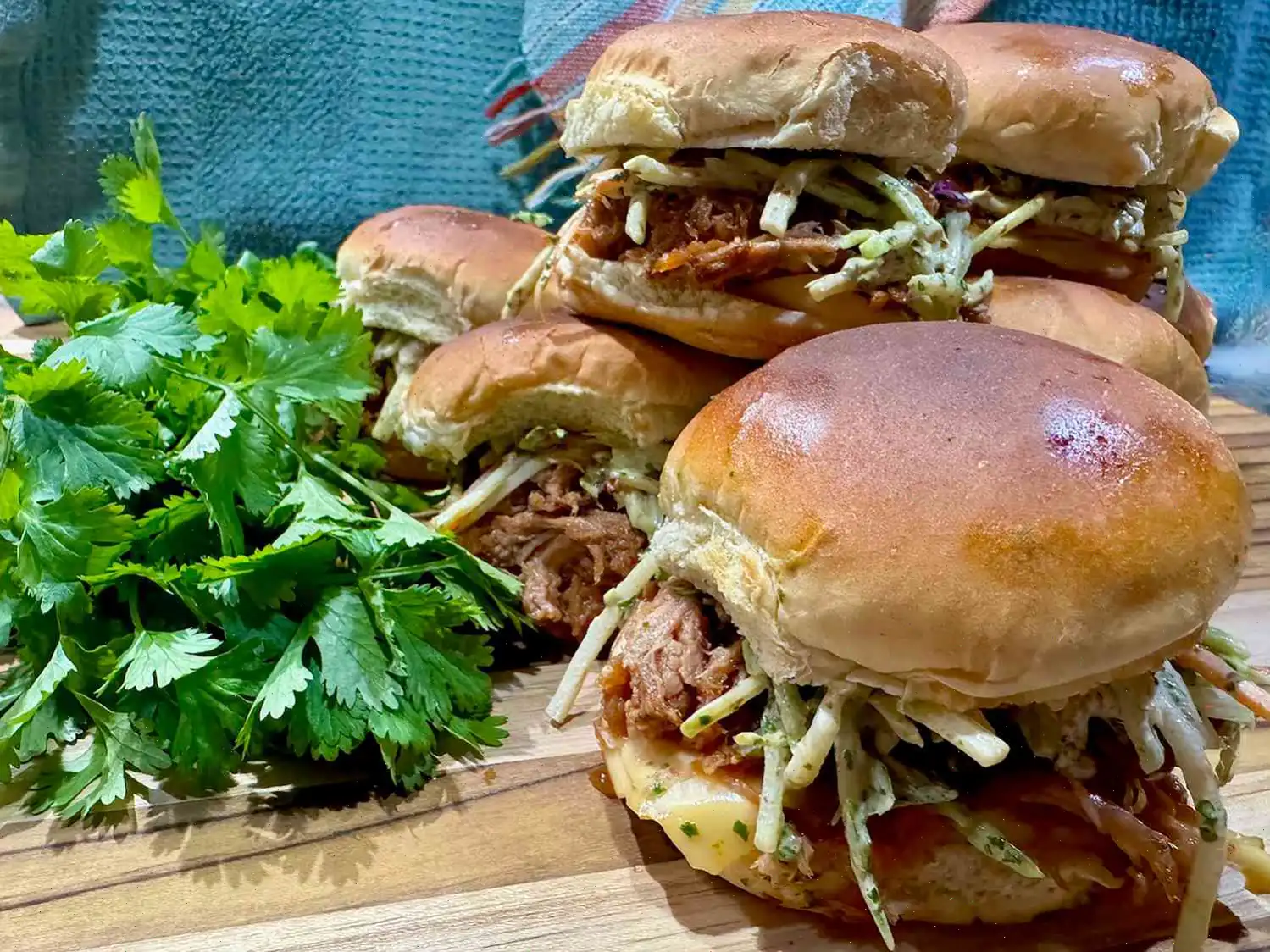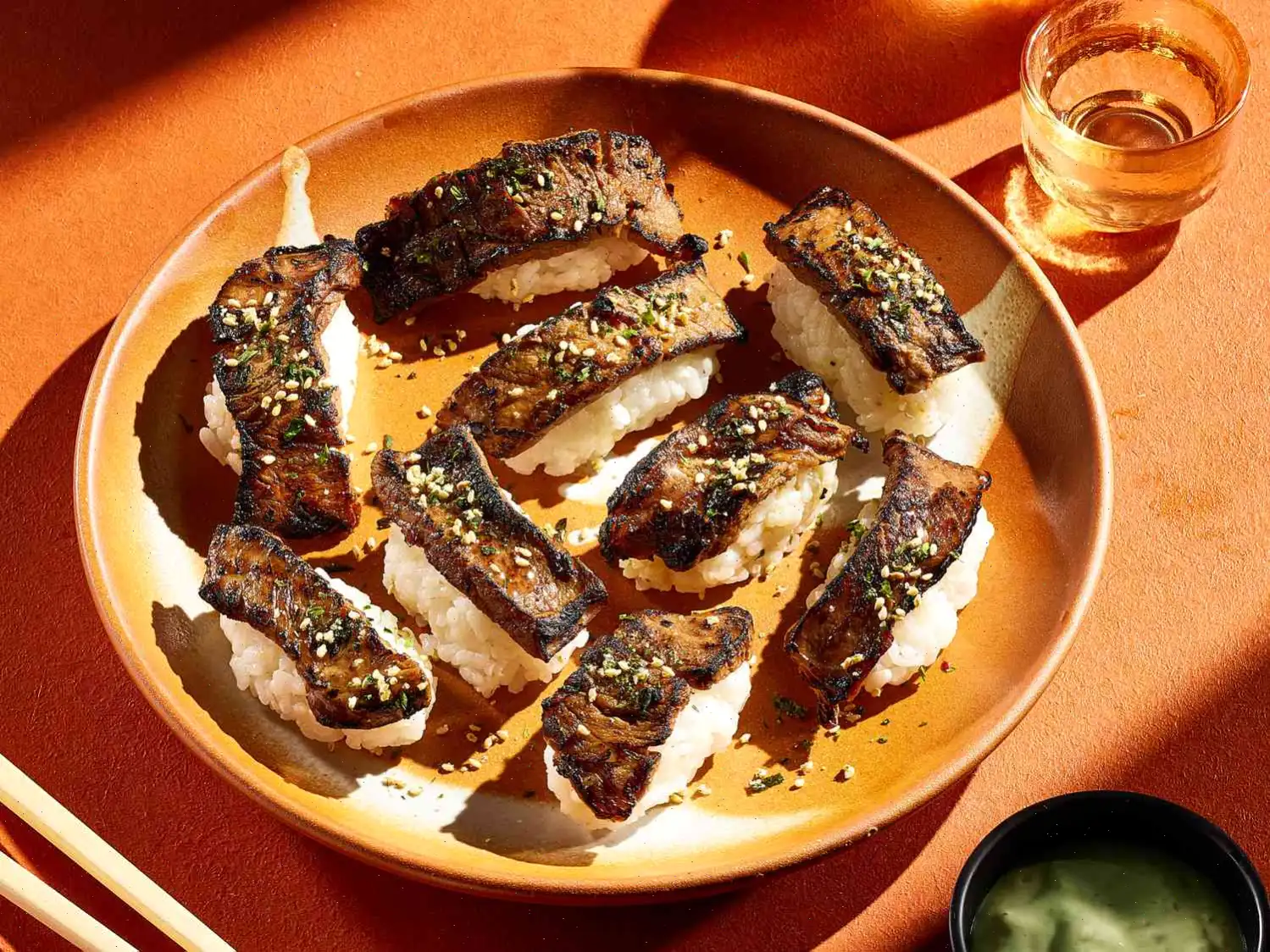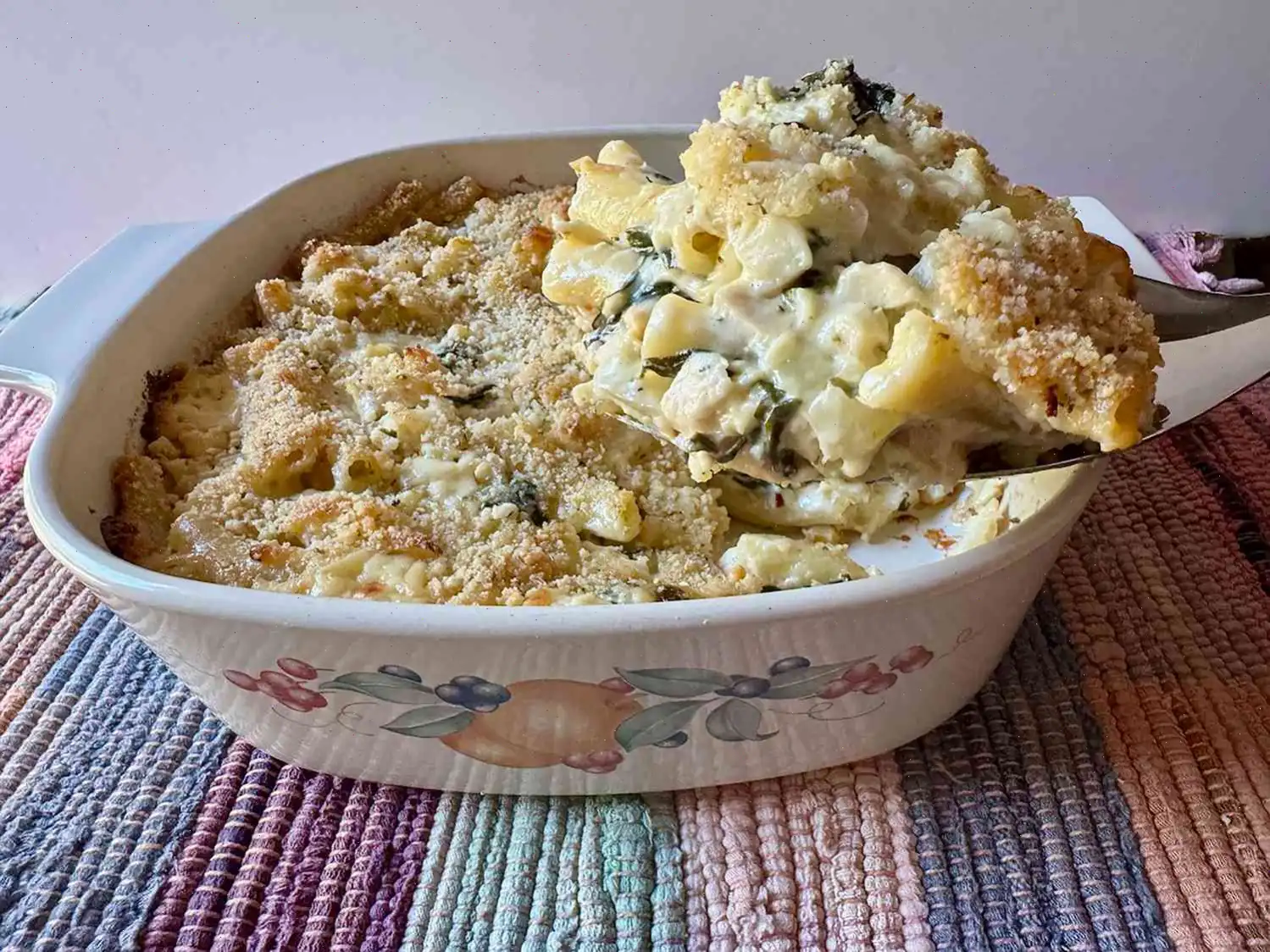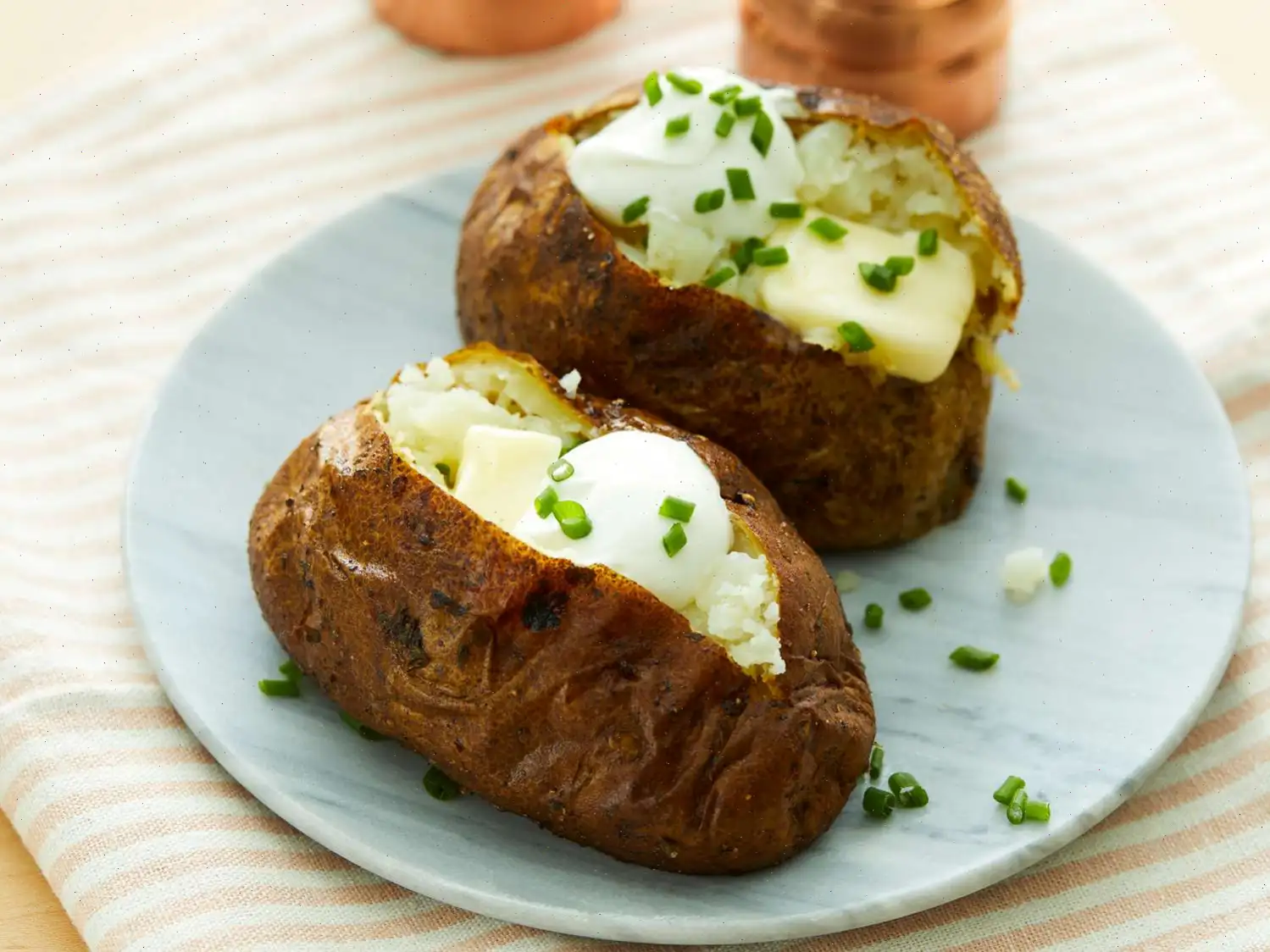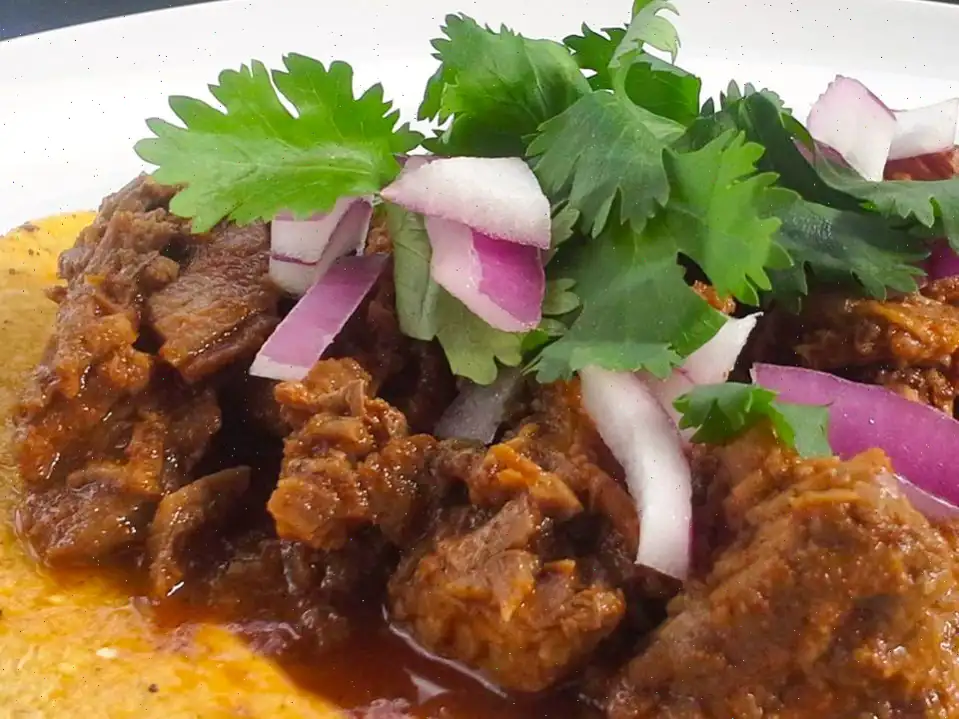
Grilled Mojo Pork and Pineapple Skewers Recipe
Ingredients
This recipe makes 6 servings. Ingredients are listed for the original yield; adjust quantities as needed for different serving sizes, but cooking steps remain the same.
- 2 tablespoons olive oil
- Zest and juice of 2 limes
- 1/4 cup orange juice concentrate
- 2 tablespoons water
- 3 tablespoons fresh cilantro, minced, divided
- 1/2 teaspoon freshly ground black pepper
- 1 teaspoon salt, or to taste
- 1 teaspoon ground cumin
- 1/2 teaspoon ground coriander
- 4 garlic cloves, minced
- 2 pounds pork tenderloin, cut into 1-inch slices (cut larger slices in half)
- 6 skewers
- 3 cups fresh pineapple chunks
- 2 tablespoons bacon drippings
- 2 tablespoons fresh mint leaves, minced
- Lime wedges for serving
Directions
- Prepare the marinade: At least 2 hours before grilling, combine olive oil, lime zest, lime juice, orange juice concentrate, water, 2 tablespoons cilantro, black pepper, salt, cumin, coriander, and minced garlic in a bowl. Stir until fully blended.
- Reserve half of the marinade in a covered for later use as a sauce. Place the remaining marinade in a large resealable bag.
- Marinate the pork: Add pork slices to the bag, remove most of the air, seal, and massage to coat the meat evenly. Refrigerate for a minimum of 2 hours, or overnight for more flavor.
- Preheat the grill: Heat an outdoor gas grill to 400F (200C). Clean and lightly oil the grates.
- Assemble skewers: Thread pork and pineapple pieces alternately onto 6 skewers. Discard the used marinade from the bag.
- Grill the skewers: Place skewers on the grill. Cook 3-4 minutes per side, or until the pork reaches an internal temperature of 145F (63C). Remove from grill, tent with foil, and let rest for 5 minutes.
- Prepare the sauce: Stir bacon drippings, mint, and remaining cilantro into the reserved marinade. Drizzle over the skewers before serving.
- Serve warm with lime wedges for a fresh, zesty finish.
Nutrition Facts (per serving)
- Calories: 361
- Fat: 13g (17% DV)
- Saturated Fat: 4g (18% DV)
- Cholesterol: 112mg (37% DV)
- Sodium: 446mg (19% DV)
- Carbohydrates: 22g (8% DV)
- Dietary Fiber: 3g (11% DV)
- Sugars: 12g
- Protein: 41g (81% DV)
- Vitamin C: 72mg (80% DV)
- Calcium: 54mg (4% DV)
- Iron: 3mg (16% DV)
- Potassium: 875mg (19% DV)
*Percent Daily Values are based on a 2,000-calorie diet. Nutrient data is based on available information; consult a professional for medically restrictive diets.
The History of Grilled Mojo Pork and Pineapple Skewers
Grilled Mojo Pork and Pineapple Skewers trace their origins to Cuban cuisine, where mojo refers to a vibrant, citrus-based marinade traditionally made with bitter orange, garlic, and spices. The dish became popular among Cuban families for its ability to tenderize pork and infuse it with bright, zesty flavors. During the 20th century, Cuban immigrants brought this culinary tradition to the United States, particularly to Florida, adapting the original recipes with local ingredients like oranges and limes, as bitter oranges were harder to find.
Regional Characteristics
While the recipe is rooted in Cuba, regional variations have developed throughout the Caribbean and southern United States. In Puerto Rico and the Dominican Republic, the pork may be marinated longer and often incorporates additional herbs like oregano or annatto for color. In Florida, the dish is frequently paired with tropical fruits such as pineapple or mango to balance the tangy and savory notes of the marinade. The skewers are usually grilled over charcoal, which adds a smoky flavor that complements the citrusy marinade.
Differences from Similar Dishes
Grilled Mojo Pork and Pineapple Skewers are often compared to teriyaki or barbecue pork skewers, but the key difference lies in the marinade. Unlike soy-based Asian skewers or sweet barbecue sauces, the mojo marinade emphasizes citrus acidity and garlic, creating a tangy, aromatic profile rather than a heavily sweet or smoky flavor. The addition of pineapple also enhances the tropical aspect, lightly caramelizing on the grill to add both sweetness and texture.
Typical Serving Context
This dish is commonly served at casual gatherings, backyard barbecues, and summer parties, but it also appears on menus in Cuban and Caribbean-inspired restaurants. It is often accompanied by lime wedges, fresh herbs, or a light side salad, allowing the bright flavors of the pork and pineapple to take center stage. In Cuba, it may also be paired with rice and black beans or fried plantains to create a more substantial meal.
Interesting Facts
- Mojo sauce, the foundation of this dish, is considered a staple of Cuban cuisine and has been adapted for chicken, fish, and even vegetables.
- The combination of citrus and garlic not only enhances flavor but also naturally tenderizes the pork.
- Grilling pineapple alongside pork is more than a garnishit brings a subtle sweetness that balances the savory, garlicky marinade.
- The dish exemplifies the fusion of Caribbean flavors with accessible ingredients in the U.S., making it a popular choice for both home cooks and professional chefs.
- Mojo Pork Skewers are celebrated for their versatility and can be served as appetizers, main courses, or part of a tapas-style meal.



